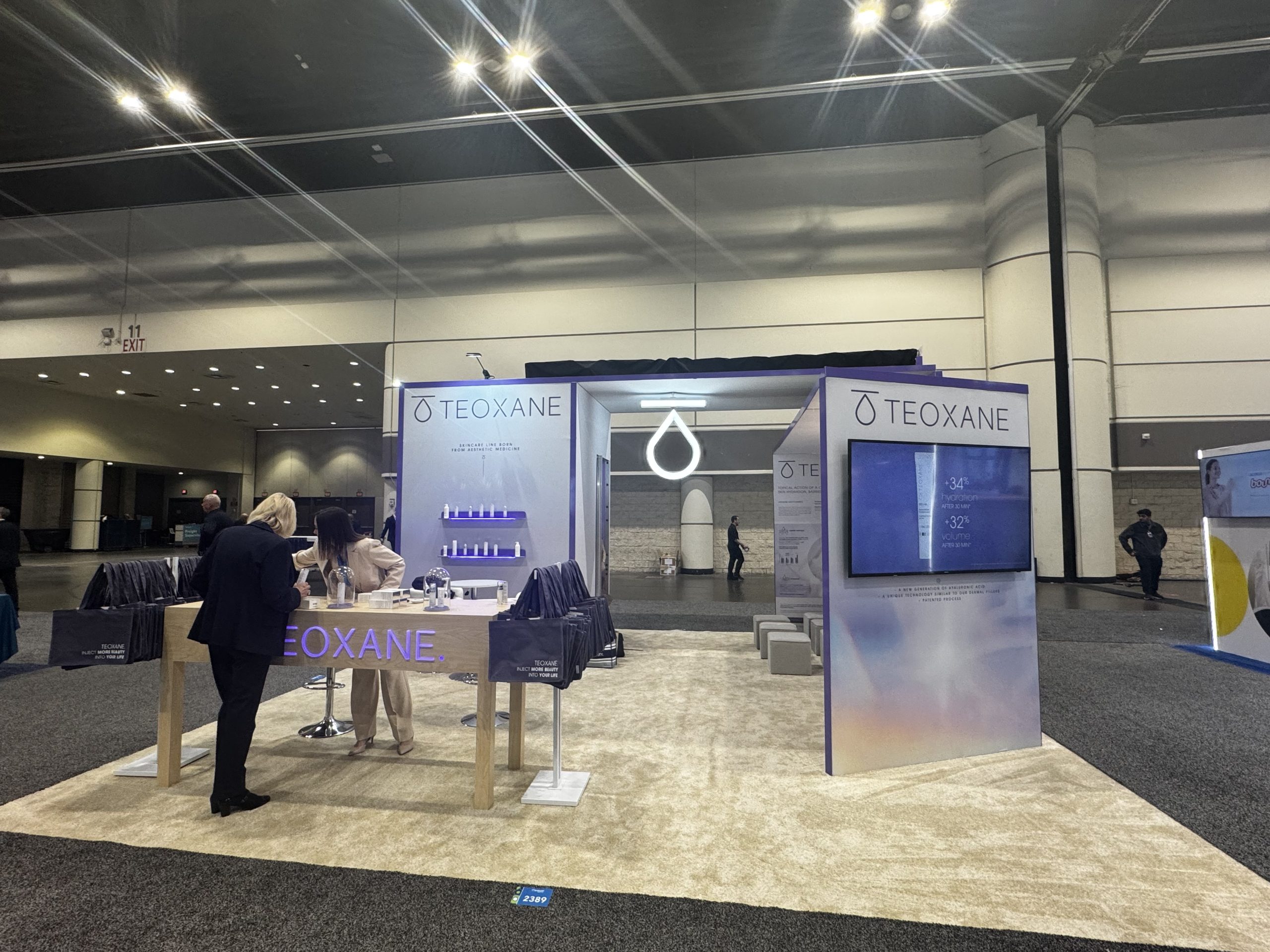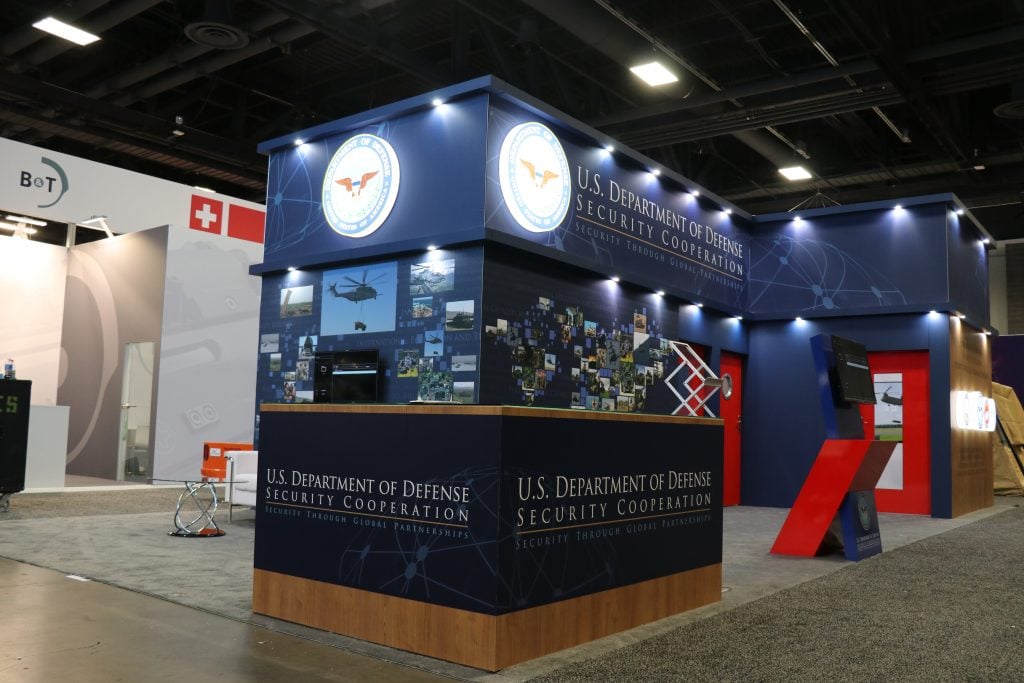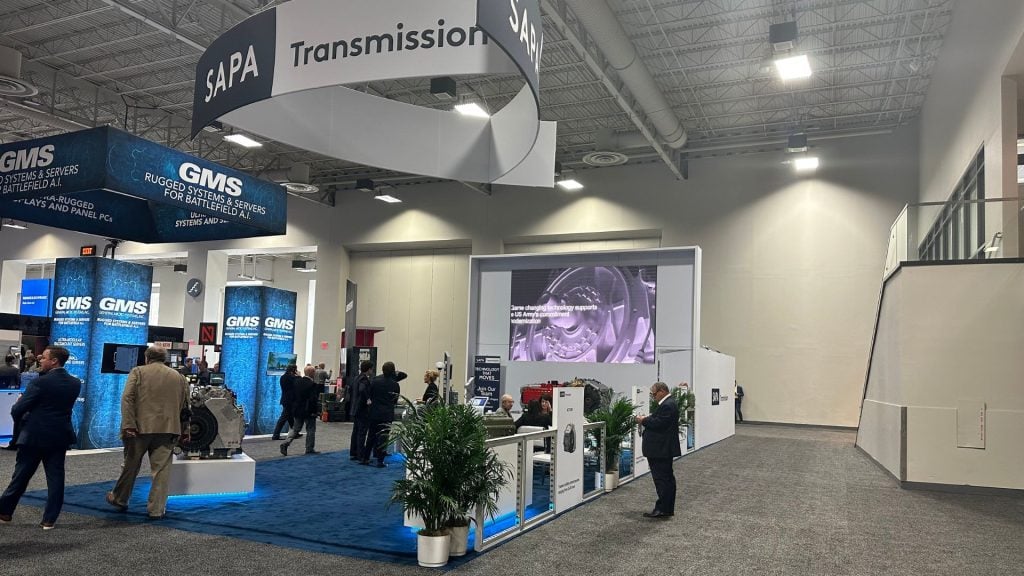
Introduction
As global awareness of environmental issues continues to grow, sustainability has become an essential factor in business strategy. Brands across various industries are recognizing the importance of adopting eco-friendly practices, and trade shows are no exception. With hundreds or even thousands of exhibitors participating in these events, the environmental impact of trade shows can be significant. Therefore, integrating sustainability into your exhibit design not only aligns with your corporate values but can also help you stand out among competitors.
Let’s explore how you can incorporate sustainable practices into your trade show exhibits and why doing so is a smart move for both your brand and the planet.
Why Sustainability Matters at Trade Shows
Trade shows are known for their large-scale setups, flashy booths, and materials that are often discarded at the end of the event. This results in a significant environmental footprint, including waste, carbon emissions, and resource consumption. As industries evolve, businesses are under increasing pressure to minimize their ecological impact. Here’s why sustainability matters in trade show exhibit design:
- Environmental Responsibility: Businesses are accountable for their environmental impact. Adopting sustainable practices at trade shows can demonstrate a commitment to sustainability.
- Brand Image: A brand that prioritizes sustainability gains favor among eco-conscious consumers and clients.
- Cost Savings: Sustainable practices like using reusable materials can help reduce the costs associated with setting up and tearing down booths for each event.
- Regulatory Compliance: Governments and organizations are increasingly enforcing sustainability regulations, and showing proactive efforts can keep you ahead of the curve.
Key Strategies to Make Your Exhibit Sustainable
1. Use Eco-Friendly Materials
One of the simplest ways to make your trade show exhibit sustainable is to use eco-friendly materials. Materials like recycled plastic, sustainable wood, and biodegradable fabrics can make a significant difference in reducing your booth’s carbon footprint.
- Recycled and Repurposed Materials: Instead of using new materials for every event, consider sourcing materials that have been recycled or repurposed. This includes fabric banners made from recycled polyester or flooring made from sustainable wood.
- Reusable Displays: Opt for displays that can be reused at multiple trade shows, reducing the need for single-use materials. Modular systems made from metal, wood, or other durable materials are ideal for this purpose.
- Natural Textiles: Choose natural fabrics, such as cotton, linen, or wool, over synthetic materials. These are biodegradable and have a lower environmental impact.
2. Incorporate Energy-Efficient Lighting
Lighting can significantly affect the energy consumption of your booth. Trade shows are often held in large convention centers with high energy use, so choosing energy-efficient lighting options is a great way to reduce your exhibit’s environmental impact.
- LED Lights: LED lights are more energy-efficient than traditional bulbs and last longer, reducing the frequency of replacements.
- Solar-Powered Options: If your booth is large enough and can be placed in a location with adequate sunlight, you might even consider using solar panels to power your lighting.
- Low-Wattage Bulbs: Use energy-efficient low-wattage bulbs to minimize energy consumption while maintaining visibility.
3. Optimize Your Exhibit’s Transportation
Transportation contributes significantly to a trade show’s carbon footprint, especially if you’re shipping large, heavy exhibits from one location to another. Reducing the need for shipping or finding ways to minimize transportation emissions can go a long way in making your trade show exhibit more sustainable.
- Modular Design: Design your booth with a modular approach, allowing components to be shipped in smaller, more efficient packages. This reduces shipping costs and the overall carbon footprint.
- Local Sourcing: Whenever possible, source materials locally to reduce transportation emissions. This is particularly effective for items like printed materials, signage, and even booth construction components.
- Carbon Offsetting: Consider investing in carbon offset programs to balance out the emissions from transportation, energy use, and manufacturing involved in setting up your trade show exhibit.
4. Minimize Waste and Promote Recycling
Waste generated at trade shows is often overlooked, but it’s one of the most tangible aspects of sustainability. A major part of sustainability at events is ensuring that your booth doesn’t contribute to the problem of excessive waste.
- Reusable Materials: As mentioned earlier, using durable materials that can be used repeatedly reduces waste. If something does need to be replaced, ensure it’s recyclable.
- Minimal Packaging: Reduce or eliminate unnecessary packaging for your promotional items. Consider using biodegradable or recyclable options if packaging is necessary.
- Recycling Stations: Set up clear recycling stations at your booth for your attendees to use. This helps encourage sustainable behavior and shows your commitment to reducing waste.
5. Digital Integration Over Paper
In a world that’s becoming more digital every day, relying on paper materials like brochures, flyers, and business cards at a trade show feels outdated and wasteful. Going digital is one of the easiest ways to reduce paper waste.
- QR Codes: Display QR codes on your booth that link to digital brochures, product demos, and other information. This allows attendees to access information on their smartphones without requiring printed materials.
- Mobile Apps: Create a mobile app for your booth or participate in the event’s app. You can include product information, schedules, and interactive features, making it easier for attendees to access everything digitally.
- Interactive Displays: Use digital touchscreens or tablets to engage attendees and provide information, reducing the need for printed materials altogether.
The Business Case for Sustainability at Trade Shows
Adopting sustainable practices in your trade show exhibit design is not just about “doing the right thing.” It also offers significant business benefits that can improve your brand’s long-term performance. Here’s how sustainability can impact your bottom line:
- Enhanced Brand Image: Consumers, especially younger generations, are increasingly drawn to brands that show a genuine commitment to sustainability. Adopting green practices at trade shows can boost your brand’s reputation and appeal.
- Cost Efficiency: While the initial investment in sustainable materials and practices might be higher, the long-term savings from reusable displays, energy-efficient lighting, and reduced waste can offset these costs.
- Stronger Relationships with Clients: Many clients today prioritize sustainability. By demonstrating your brand’s eco-consciousness at trade shows, you can build stronger relationships with these environmentally-conscious clients.
- Differentiation: Trade shows are highly competitive environments. By integrating sustainability into your exhibit, you stand out as an innovative and responsible brand, gaining a competitive edge.
Conclusion
Trade shows are a fantastic opportunity to showcase your brand and engage with potential clients. However, with the growing need for environmental responsibility, it’s crucial to incorporate sustainable practices into your exhibit design. By using eco-friendly materials, reducing energy consumption, minimizing waste, and going digital, you can create a trade show presence that aligns with your brand’s values while helping the planet.
As sustainability becomes an increasingly important factor in business, integrating green practices into your trade show exhibit design is not only good for the environment but also beneficial for your brand’s image and bottom line. So, why not take the lead and show your audience that your brand cares about both business and the planet?


 Global
Global Europe
Europe

